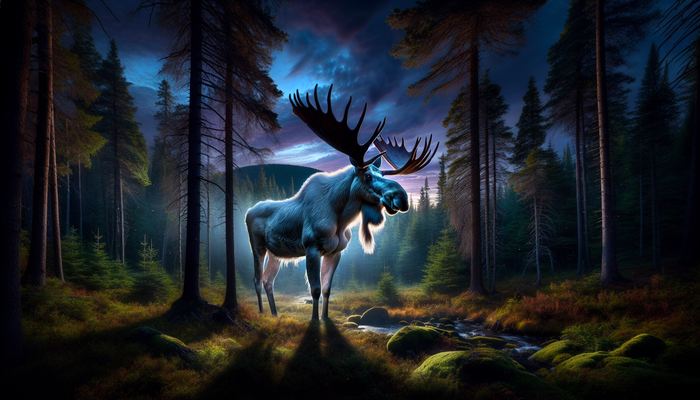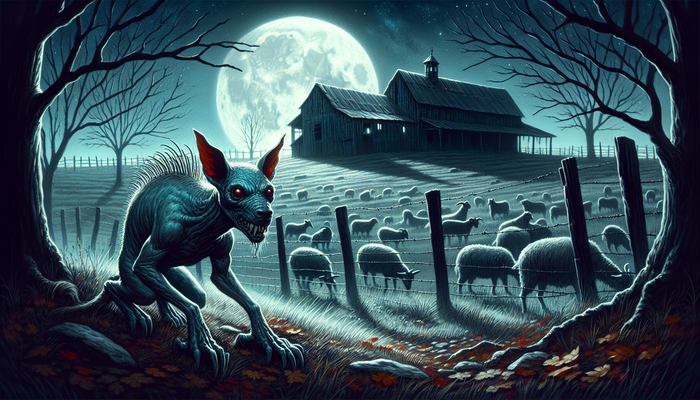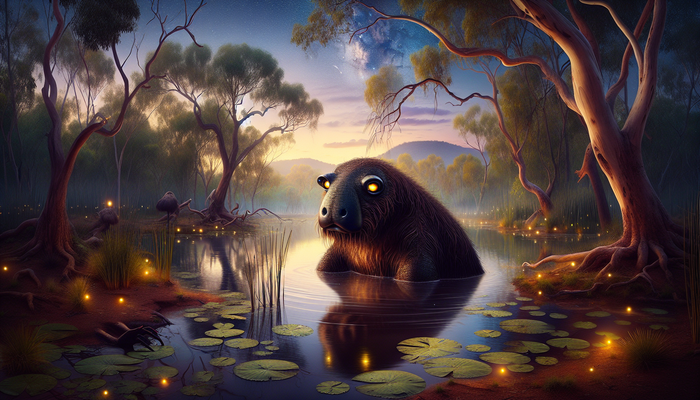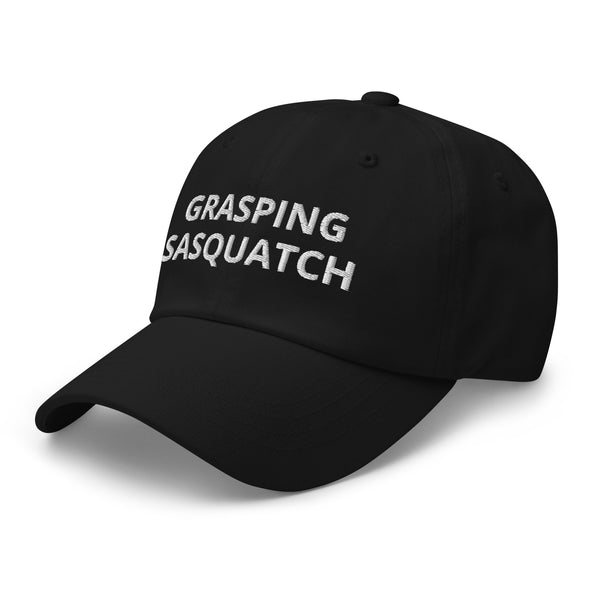The Mystique of the Alkali Lake Monster: Nebraska's Legendary Cryptid
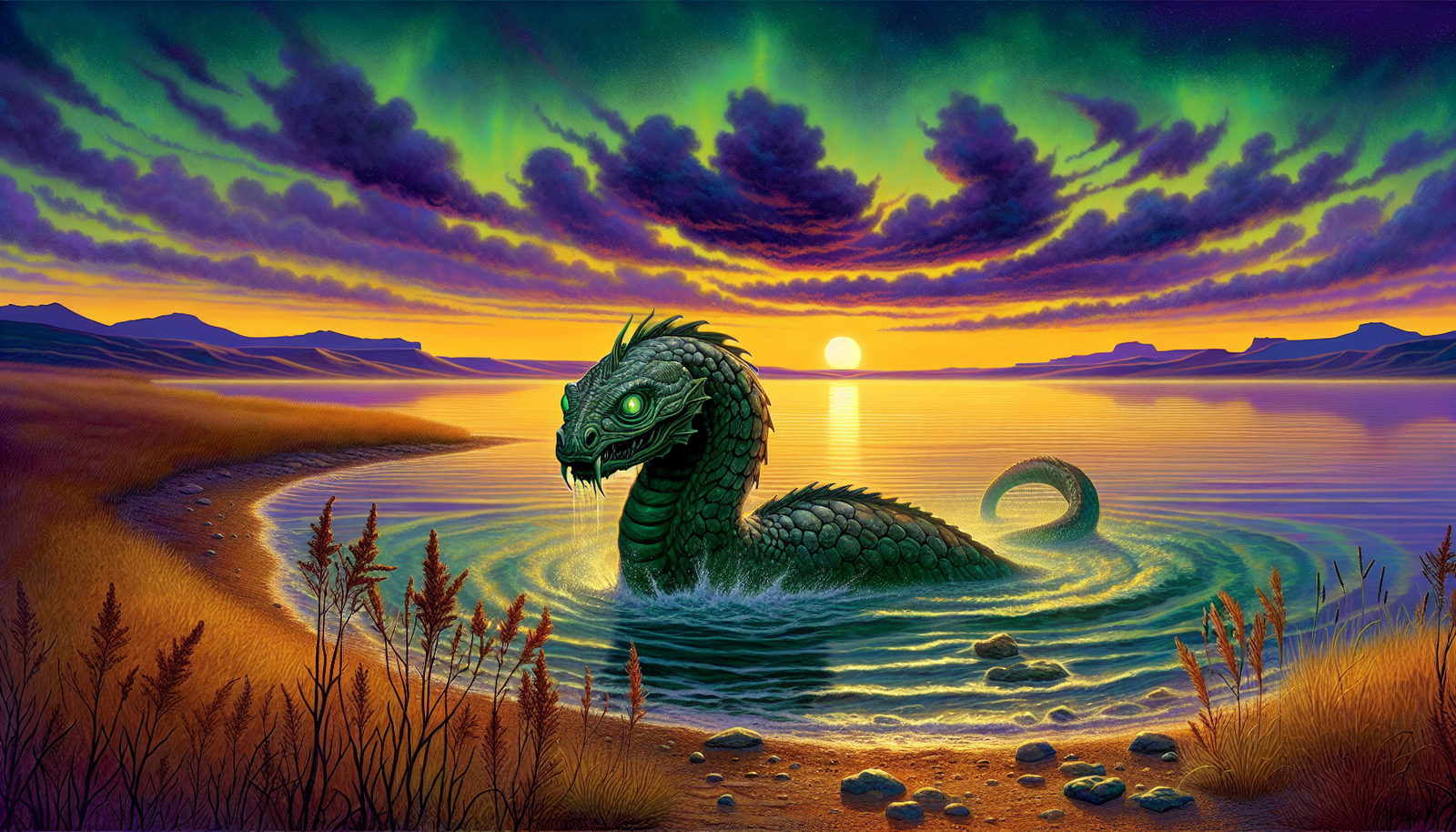
By Wade Beaumont, Cryptozoologist
In the heart of Nebraska's Sandhills, where the prairie grass whispers secrets to the wind, lies a modest body of water that's home to one of America's most intriguing cryptids. Walgren Lake, formerly known as Alkali Lake, isn't just any old watering hole. It's the alleged stomping—or should I say swimming—grounds of a creature so fantastic, it'd make the Loch Ness Monster green with envy.
Now, I ain't talking about your run-of-the-mill fish tale here. The Alkali Lake Monster, also known as the Walgren Lake Monster or Giganticus Brutervious (now there's a mouthful), has been the talk of Sheridan County since the Roaring Twenties. This ain't no backwater rumor, folks. We're dealing with a bonafide legend that's captured imaginations from the dusty streets of Hay Springs all the way to the posh offices of London newspapers.
The Sighting That Started It All
Picture this: It's 1923, and three fellas are camping by the lake, probably swapping stories and sipping on something stronger than sarsaparilla. Suddenly, they spot something that'd make even the bravest cowpoke shake in his boots. J.A. Johnson, one of these unlucky campers, described a beast 40 feet long—that's about the length of four pickup trucks lined up bumper to bumper. This critter wasn't just big; it was prehistoric-looking, with grayish-brown skin tough as old leather and a horn sticking out between its eyes like some kind of aquatic unicorn.
Now, you might be thinking, "Sounds like these boys had a bit too much moonshine." But hold your horses. This sighting wasn't just local gossip. It made headlines in the Omaha World-Herald and even crossed the pond to the London Times. Suddenly, little ol' Hay Springs, Nebraska, population you-could-count-'em-on-your-fingers-and-toes, was on the map.
Setting the Stage
But let's back up a bit and set the stage for this tall tale. Walgren Lake ain't exactly Lake Superior. We're talking about a puddle by comparison—just 50 acres of water surrounded by rolling hills and curious minds. Back in the early 1920s, folks started noticing their livestock going missing. Now, in ranch country, a missing cow or two ain't usually cause for alarm. But when animals start disappearing without a trace, well, that's when people start talking.
The First Whispers
The first whispers of something strange in Alkali Lake started bubbling up in 1921. The Hay Springs News, probably desperate for something to fill its pages besides crop reports and church socials, ran a headline that'd make any editor worth his salt grin from ear to ear: "If It Isn't a Whale It's a Whaler of An Animal." Talk about burying the lede—they'd gone and found themselves a real-life monster!
The Legend Grows
As news of the creature spread, it wasn't long before every Tom, Dick, and Harry with a story to tell was coming out of the woodwork. Some said it was a catfish big enough to swallow a man whole. Others swore it was some kind of giant salamander, slithering through the murky depths. And then there were those who claimed it was a full-blown dinosaur, somehow surviving millions of years just to pop up in a Nebraska lake.
Johnson's Account
But it was Johnson's account that really set the town ablaze. According to him and his pals, they were minding their own business when this behemoth surfaced just 20 yards away. Now, 20 yards might seem like a safe distance when you're watching a football game, but when you're face-to-face with a roaring lake monster, it might as well be breathing down your neck.
Johnson described the beast as looking "similar to an alligator but was bigger and heavier than an alligator." Now, alligators in Nebraska are about as common as palm trees in Alaska, so you can imagine how this description raised a few eyebrows. But it wasn't just the size that got people talking. This creature supposedly let out a "dreadful roar" that'd curdle milk and make babies cry counties away. Then, as if to prove it wasn't just all bark and no bite, it thrashed its massive tail, creating waves that'd make a surfer drool.
The Master of Hoax
Now, you might be wondering how a story like this gains traction. Enter John G. Maher, a local newspaperman with a flair for the dramatic and a loose relationship with the truth. Maher wasn't just any old reporter; he was a master of the tall tale, a virtuoso of the hoax. This was a man who once buried a concrete "petrified man" just so archaeologists could "discover" it. He'd convinced folks that the British Navy was sailing up the Mississippi to wreak havoc on Irish immigrants. Compared to those whoppers, a lake monster must've seemed like child's play.
Maher took the Alkali Lake Monster story and ran with it, feeding tidbits to newspapers far and wide. Before you could say "fake news," the tale of Nebraska's own Nessie was spreading faster than gossip at a church picnic. And why not? In the 1920s, with the world changing faster than you could crank a Model T, a prehistoric beast lurking in the heartland was just the kind of distraction folks were craving.
The Legend Evolves
As the years went by, the legend of the Alkali Lake Monster grew taller than a cornstalk in August. Eyewitness accounts multiplied like rabbits, each one more fantastic than the last. Some said the creature could control the weather, whipping up storms with a flick of its tail. Others claimed it could create a thick, green mist that'd leave travelers more turned around than a tornado in a trailer park.
The Federal Writers' Project
By 1938, the Federal Writers' Project—yes, the government got involved—published a description that'd make P.T. Barnum blush. According to their account, Giganticus Brutervious (that's our monster's fancy Latin name) was so massive that when it surfaced, "the earth trembles, and the skies cloud over." Its eyes supposedly spit fire, and the gnashing of its teeth sounded like "clap after clap of thunder." Talk about making a mountain out of a molehill—or in this case, a sea serpent out of a minnow.
A Community Mascot
But here's where it gets really interesting, folks. Instead of running for the hills, the good people of Hay Springs embraced their monstrous neighbor. They turned lemons into lemonade, or in this case, a scary story into a source of pride. The Alkali Lake Monster became more than just a local legend; it became a mascot, a rallying point for community spirit.
Centennial Celebration
In 1985, when Hay Springs celebrated its centennial, they didn't just throw a parade and call it a day. No sir, they went all out with monster-themed everything. T-shirts, buttons, you name it—if you could slap a picture of a scaly beast on it, they did. The town's version of the creature, based on Johnson's description, became as recognizable to locals as the Golden Arches.
Belief in the Modern Age
Now, you might be thinking, "Surely, in this day and age, people don't still believe in lake monsters?" Well, let me tell you, belief is a funny thing. Mary Hansen, a local historian with a heart of gold and a filing cabinet full of monster memorabilia, put it best: "I think there was something out there. I don't think there's anything in there now. People saw something."
And therein lies the magic of the Alkali Lake Monster. It's not about whether there's really a prehistoric beast paddling around in a shallow Nebraska lake. It's about the power of a good story to bring people together, to spark imagination, and to put a little town on the map.
The Skeptics' View
But let's not forget the skeptics. They're quick to point out that Walgren Lake is about as deep as a kiddie pool—11 feet at its deepest. That's barely enough water to keep a good-sized catfish happy, let alone a 40-foot monster. And then there's the fact that the lake nearly dried up completely in the 1890s. Unless our monster has a time machine or can survive being nothing more than a damp spot on the ground, that puts a bit of a damper on the whole "ancient beast" theory.
Some folks reckon Johnson and his pals might've seen an unusually large beaver. Now, I've seen some big beavers in my day, but mistaking one for a roaring, horn-headed monster? That'd be like mistaking a chihuahua for a wolf. Then again, fear has a way of playing tricks on the mind, and a full moon can make even a tree stump look menacing.
The Legacy Lives On
Despite the naysayers, the legend of the Alkali Lake Monster lives on. It's been featured in books, inspired local art, and even made its way into a few classrooms as a lesson in local history and the power of storytelling. The last reported sighting was back in 1985, coincidentally (or not) the same year as the town's centennial celebration. Since then, ol' Giganticus has been laying low, but that hasn't stopped folks from keeping an eye on the water, just in case.
More Than Just a Monster
So, what are we to make of this tale? Is the Alkali Lake Monster nothing more than a fish story that grew legs (or in this case, flippers)? A clever marketing ploy dreamed up by a bored newspaperman? Or is there something more to it—a grain of truth hidden beneath layers of exaggeration and time?
In the end, maybe it doesn't matter. The Alkali Lake Monster has become something bigger than just a creature in the water. It's a symbol of a community's ability to come together, to find wonder in the everyday, and to keep a sense of mystery alive in an age where it feels like every corner of the world has been mapped and explained.
Next time you find yourself driving through Nebraska, why not take a detour to Walgren Lake? Dip your toes in the water, if you're feeling brave. Keep an eye out for any suspicious ripples or unexplained roars. And if the locals start telling you tales of a beast that'd make Moby Dick look like a goldfish, well, just remember: sometimes the best stories are the ones that leave a little room for doubt.
After all, in a world where we've got satellites that can count the hairs on a cat's back from space, isn't it nice to think there might still be a few mysteries left to solve? The Alkali Lake Monster might not be real in the flesh-and-scales sense, but as long as it keeps imaginations fired up and brings smiles to faces, it's real enough.
So here's to Giganticus Brutervious, the horn-headed, tail-thrashing, weather-controlling pride of Sheridan County. May your legend never die, and may the waters of Walgren Lake always be just murky enough to keep us wondering what lies beneath.
From Bigfoot to UFOs: Hangar 1 Publishing Has You Covered!
Explore Untold Stories: Venture into the world of UFOs, cryptids, Bigfoot, and beyond. Every story is a journey into the extraordinary.
Immersive Book Technology: Experience real videos, sights, and sounds within our books. Its not just reading; its an adventure.



